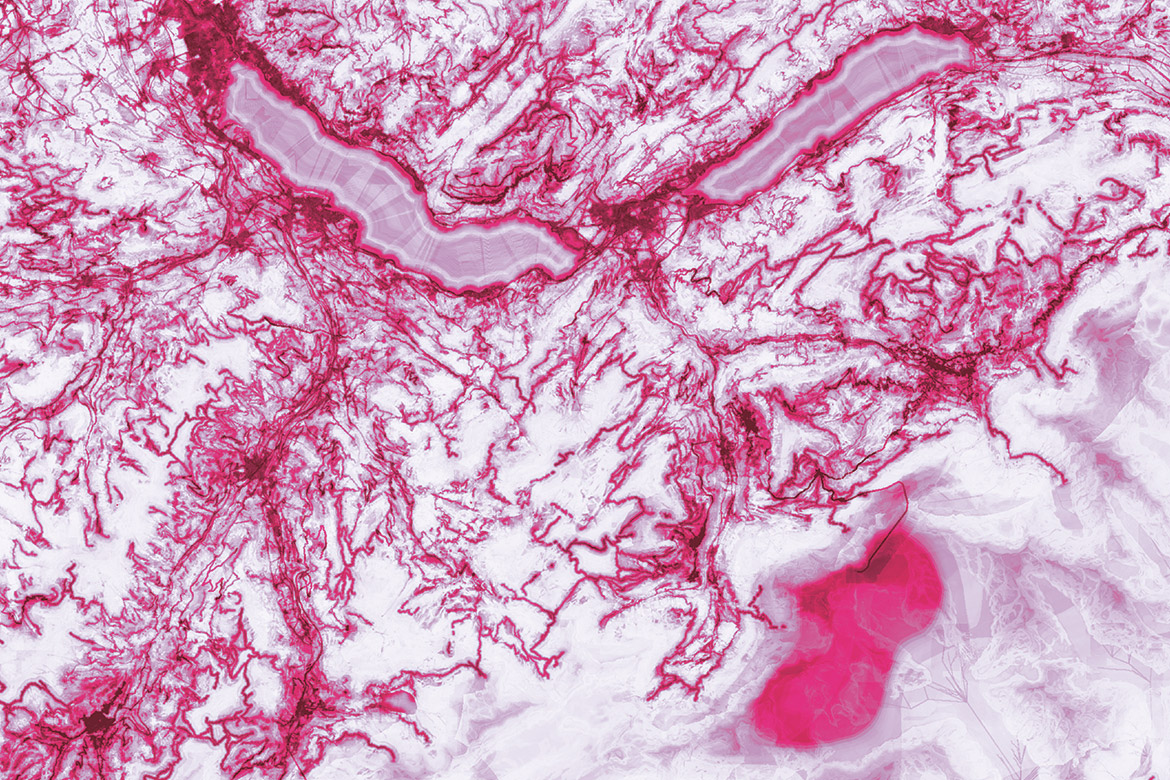DNA-encoded biodiversity
Better biomonitoring around oil platforms
DNA sequencing is a new method of monitoring biodiversity around oil platforms. It’s better than counting fauna, and is opening up new possibilities.

The biodiversity around oil platforms in the North Sea has to be tested continually. | Photo: Keystone/H.R. Bramaz
In the North Sea, the biomonitoring of drilling platforms is currently done through assessing their impact on benthic macrofauna by way of morphological identification. “But for the first time in this region, we have demonstrated the effectiveness of another approach: high-throughput sequencing of environmental DNA”, says Florian Mauffrey of the Department of Genetics and Evolution at the University of Geneva.
The principle of environmental DNA (eDNA) is based on the sampling and analysis of DNA taken from a given setting. In this case, it was around two Danish platforms. The analysis of 123 sediment samples allowed scientists to evaluate the ability of three genetic markers to capture changes in biodiversity at several distances from the platforms. Once the DNA molecules were extracted from the samples, the researchers used polymerase chain reactions (PCR) to target the three chosen markers. They then proceeded with high-throughput sequencing, which makes it possible to obtain the sequence of amplified DNA molecules quickly and at low cost. The results were compared with those obtained from the morphological data on macrofauna. The results show that eDNA is better than morphology at detecting the impact of drilling activities for two types of diversity: alpha, or the number of species coexisting in a given environment, and beta, or the species replacement rate along a gradient.
As part of the study, the team also tested biotic indices to assess water quality on the basis of the benthic macrofauna found in the environment. The use of these indices, based on the presence or absence of indicator species, excludes the exploitation of most of the data generated by eDNA sequencing. However, the latter could be used to define new, more precise and effective biological indices, opening up the way to new research.




